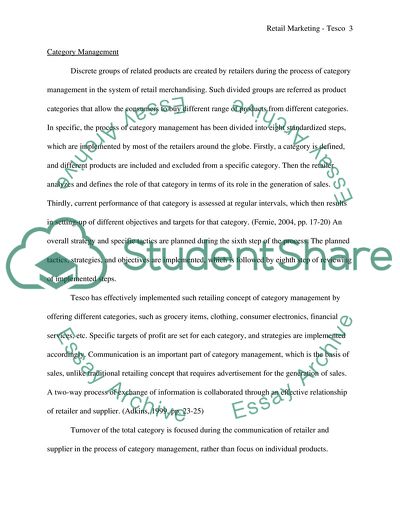Cite this document
(Retail Marketing of Tesco Case Study Example | Topics and Well Written Essays - 2000 words, n.d.)
Retail Marketing of Tesco Case Study Example | Topics and Well Written Essays - 2000 words. https://studentshare.org/marketing/1715883-retail-marketing-about-tesco
Retail Marketing of Tesco Case Study Example | Topics and Well Written Essays - 2000 words. https://studentshare.org/marketing/1715883-retail-marketing-about-tesco
(Retail Marketing of Tesco Case Study Example | Topics and Well Written Essays - 2000 Words)
Retail Marketing of Tesco Case Study Example | Topics and Well Written Essays - 2000 Words. https://studentshare.org/marketing/1715883-retail-marketing-about-tesco.
Retail Marketing of Tesco Case Study Example | Topics and Well Written Essays - 2000 Words. https://studentshare.org/marketing/1715883-retail-marketing-about-tesco.
“Retail Marketing of Tesco Case Study Example | Topics and Well Written Essays - 2000 Words”. https://studentshare.org/marketing/1715883-retail-marketing-about-tesco.


